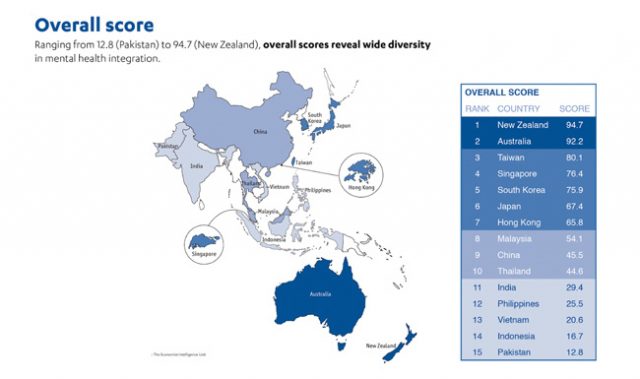
AsianScientist (Sep. 16, 2013) – At the Tobacco End Game conference in New Delhi, India last week, The World Heart Federation called on countries worldwide to follow the example set by nations such as Finland, New Zealand, and Scotland to set a target year to end tobacco use in their populations.
Ending tobacco use in this sense means reducing population smoking levels to five percent or below, as well as implementing further measures in the international tobacco control treaty ‘The Framework Convention on Tobacco Control.’
Tobacco use is one of the main risk factors for heart disease and causes millions of premature deaths each year worldwide. Despite this, tobacco companies continue to market their product and are particularly active in low-income and middle-income nations where tobacco control measures are not as strong as in many high-income countries.
In many low-income nations, the recommendations within the Framework Convention on Tobacco Control (FCTC) are yet to be implemented, although the treaty has now been ratified by most countries – with several notable exceptions including the USA, Indonesia, Switzerland, Argentina, Cuba and a number of African nations.
“There is no hiding from the deadly effects of tobacco on heart health,” says World Heart Federation President Professor K Srinath Reddy, based at the Public Health Foundation of India which is hosting the Tobacco End Game Congress.
“Of course, in low-income and middle-income countries, with a few notable exceptions such as Uruguay, it may be much more difficult to set a target year for ending tobacco use at this stage. But the World Heart Federation believes that seeing other nations set an end date for tobacco use would hopefully encourage countries of all incomes to muster the political will to take further steps towards implementing measures contained with the FCTC, and ultimately set their own target end dates in the future.”
Successes of tobacco control in Finland are linked to policies implemented for completely smoke free environments, increased taxes, further reductions in availability, and strengthened protection of children from tobacco. Finland has also placed large health warnings on its cigarette packets, offered stronger support to cessation services, strengthened regulation of products and operated a number of mass-media campaigns.
Smoking is the second leading cause of cardiovascular disease, after high blood pressure. In addition, nearly six million people die from tobacco use or exposure to secondhand smoke, accounting for six percent of female and 12 percent of male deaths worldwide, every year.
By 2030 tobacco-related deaths are projected to increase to more than eight million deaths a year.
——
Source: World Heart Foundation; Photo: jasonbolonski/Flickr/CC.
Disclaimer: This article does not necessarily reflect the views of AsianScientist or its staff.












